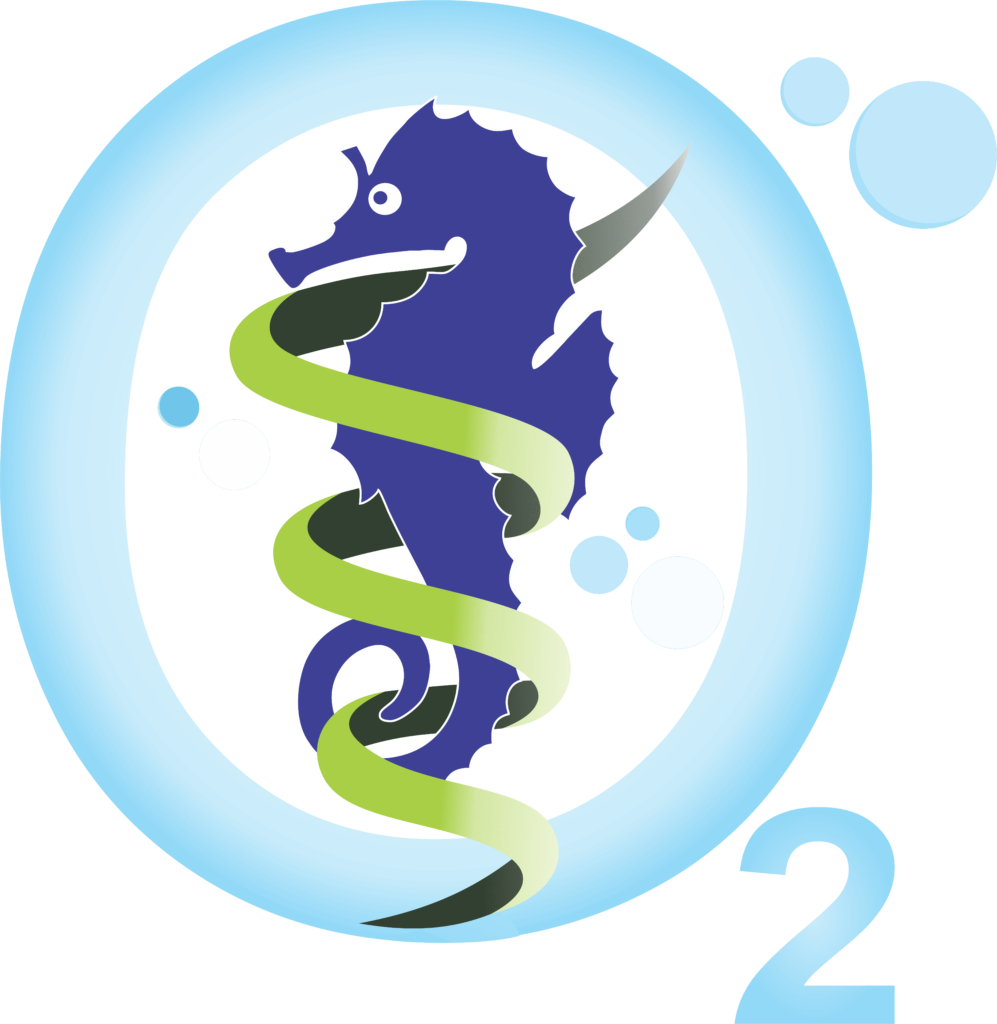Decompression sickness (DCS, “bends”) is due to the formation of inert gas bubbles in tissues and/or blood due to supersaturation, where either the mechanical stresses caused by bubbles or their secondary cellular effects cause organ dysfunction. DCS can be caused by a reduction in ambient pressure during ascent from a dive, rapid altitude excursion, in space or a hyperbaric/hypobaric chamber. In diving, compressed gas breathing is usually necessary, although rarely DCS has occurred after either repetitive or deep breath hold dives. Bubble formation occurs when decompression occurs sufficiently fast that tissue inert gas partial pressure exceeds ambient pressure, causing supersaturation and bubble formation. The resulting clinical manifestations include joint pains (limb bends), cutaneous eruptions or rashes (skin bends), neurological dysfunction (peripheral or central nervous system bends), cardiorespiratory symptoms and pulmonary edema (chokes), shock and death. Several mechanisms have been hypothesized by which bubbles may exert their deleterious effects. These include direct mechanical disruption of tissue, occlusion of blood flow, platelet deposition and activation of the coagulation cascade, endothelial dysfunction and capillary leakage, complement activation and leukocyte-endothelial interaction.
The diagnosis of DCS is made on the basis of signs and/or symptoms after a dive or altitude exposure. Manifestations most commonly include paresthesias, hypesthesia, joint pain, skin rash and malaise. More serious signs and symptoms include motor weakness, ataxia, dyspnea, urethral and anal sphincter dysfunction, shock and death. Severe DCS may be accompanied by hemoconcentration and hypotension. Severe symptoms usually occur within 1-3 hours of decompression; the vast majority of all symptoms manifest within 24 hours, unless there is an additional decompression (e.g. altitude exposure).
Chest radiography prior to HBOT treatment in selected cases may be useful to exclude pneumothorax (which may require tube thoracostomy placement before recompression). If the clinical presentation is ambiguous, neural imaging is occasionally useful to exclude causes unrelated to diving for which treatment other than HBOT would be appropriate (e.g. herniated disc). However, imaging studies are rarely helpful for the evaluation or management of DCS. MRI is not sufficiently sensitive to detect anatomic correlates of neurological DCI. Bubbles causing limb pain cannot be detected radiographically. Neither imaging nor neurophysiological studies should be relied upon to confirm the diagnosis of DCS or be used in deciding whether a patient with suspected DCS needs HBOT.
Improvement of decompression sickness symptoms as a result of compression was first noted in the nineteenth century. Recompression with air was first reported as a specific treatment for that purpose in 1896. Oxygen breathing was observed to improve the signs of decompression sickness in animals. The use of oxygen with pressure to accelerate gas diffusion and bubble resolution in humans was first suggested in 1897 and eventually tested in human DCS and recommended for the treatment of divers in the 1930’s. The rationale for treatment with hyperbaric oxygen (HBOT) includes immediate reduction in bubble volume, increasing the diffusion gradient for inert gas from the bubble into the surrounding tissue, oxygenation of ischemic tissue and reduction of CNS edema. It is also likely that HBOT has other beneficial pharmacological effects, such as a reduction in neutrophil adhesion to the capillary endothelium. The efficacy of administration of oxygen at increased ambient pressure (hyperbaric oxygen, HBOT) is widely accepted, and HBOT is the mainstay of treatment for this disease.

